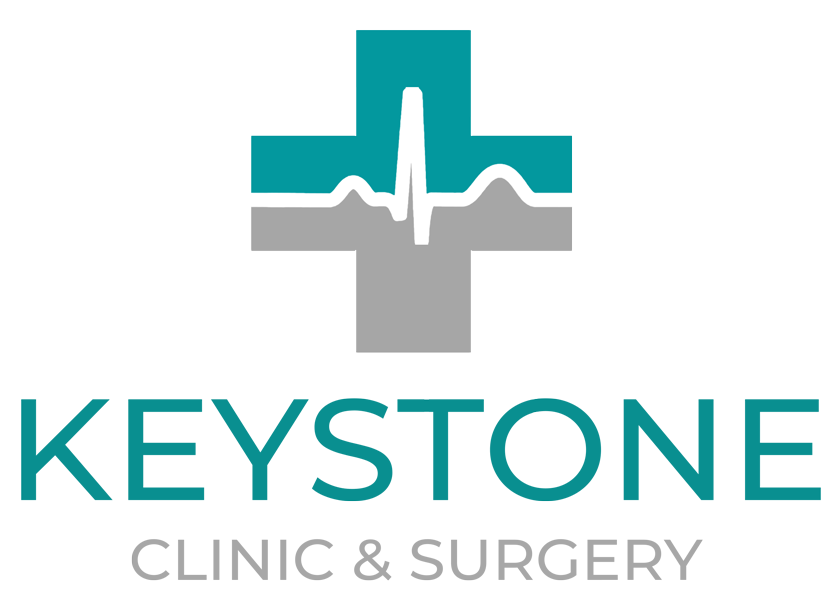- hello@keystonemedical.com.sg
- Ang Mo Kio: +65 8809-8553
- Tanah Merah: +65 9296-5568
An Advance Medical Directive (AMD) is a legal document that you sign in advance to inform the doctor treating you that you do not want any extraordinary life-sustaining treatment to be used to prolong your life.
Hospital staff are unaware of who has made an AMD as it is confidential and they are not allowed to ask you if you have made an AMD. However, if your attending doctor has reasons to believe that you are terminally ill and unable to make your wishes known to him (e.g. you are unconscious), he can check with the Registrar of Advance Medical Directives on whether you have made an AMD.
Making an AMD is a voluntary decision. It can be made by anyone who is 21 years old and above, and who is not mentally disordered. It is a criminal offence for any person to force you to make one against your will.


You can revoke your AMD in writing by utilising Form 3 which will be sent to you alongside the acknowledgement that your AMD has been registered by the Registry of AMDs. Alternatively, you could also write a letter detailing your revocation to the Registrar of AMDs. Take note that the AMD must be revoked in the presence of a witness. If you are unable to write, the AMD can be revoked orally or in any other way in which you can communicate. The witness must then submit the notice of revocation using Form 3 or the letter as stated previously. The witness should also state the reason why the person revoking the AMD could not do so themselves.
Yes they can. However, as long as you have made an AMD, the doctors will have to respect it regardless of any objections from your loved ones. Nonetheless, you are still encouraged to discuss your decision with your loved ones as this will help them to understand and respect your wishes should you become terminally ill.
The AMD will only come into force once you have been determined to have a terminal illness and a Certificate of Terminal illness has been issued. Three doctors, including the patient’s hospital doctor, must unanimously certify a patient’s terminal illness. It is a prerequisite that two of the doctors must be specialists. If the first group of three doctors cannot agree unanimously that the patient is terminally ill, the doctor-in-charge will review their diagnosis. If they still feel that the patient is terminally ill, the matter will be referred to a second group of three specialists. This second group will be appointed by the Ministry of Health. If the second group of doctors is also unable to come to a unanimous agreement, the AMD cannot take effect. The patient’s life will continue to be sustained and he will receive medical treatment as normal.
